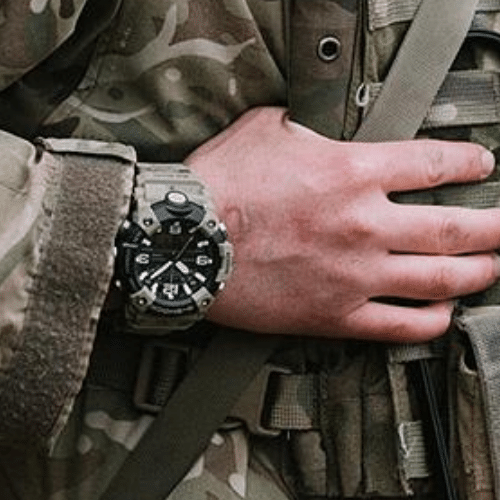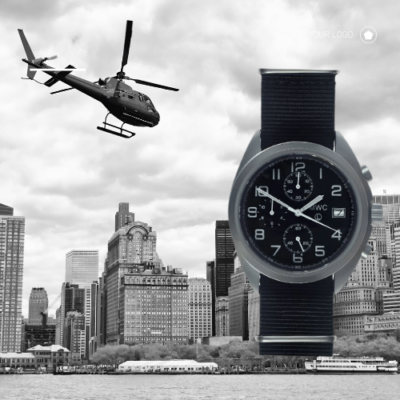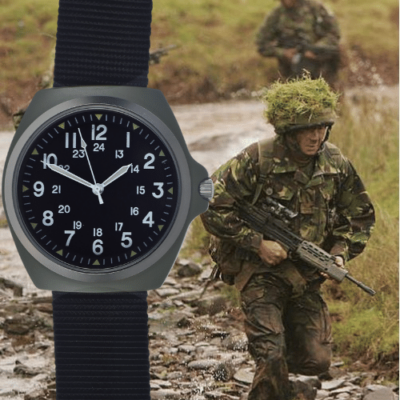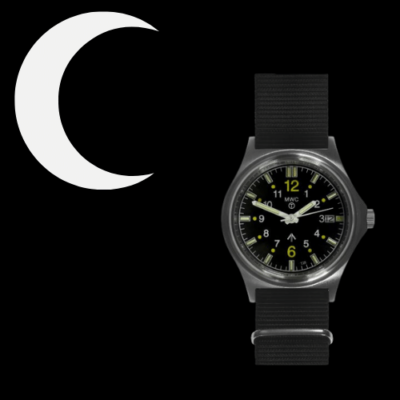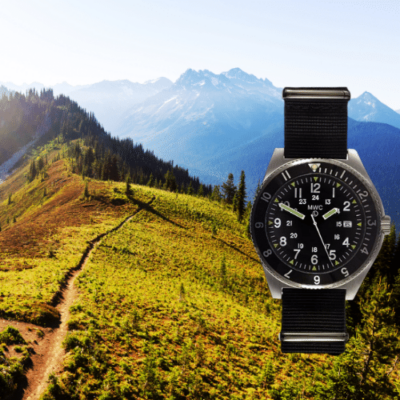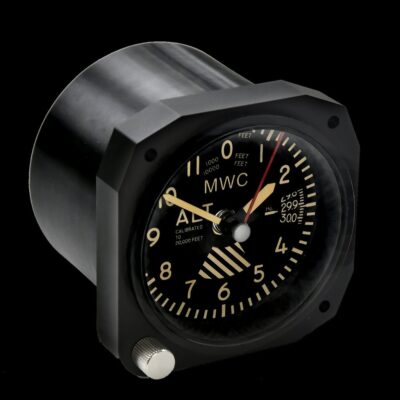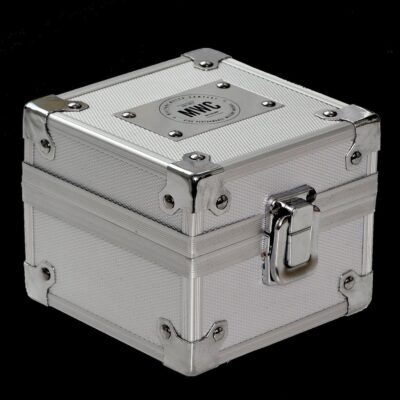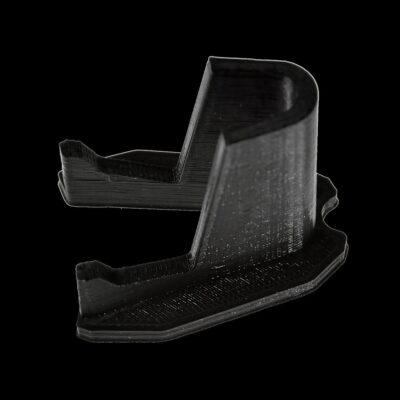News
Chinese Navy Confirms J-35 Carrier Based Stealth Fighters Have Joined the Fleet
The Chinese People’s Liberation Army Navy has released the first images of a pair of serial production J-35 fifth generation fighters that have joined the service’s fleet, with the new class of aircraft expected to operate from land bases and as part of future carrier air wings. This occurred less than two weeks after the release of the first images of land based variants of the J-35 in service in the People’s Liberation Army Air Force. Unlike the Air Force, which has operated J-20 fifth generation fighters since February 2017, the J-35’s entry into service marks the first time the Navy fields aircraft with advanced stealth capabilities. The fighter’s service entry closely follows the Navy’s confirmed operationalisation of the J-15B ‘4+ generation’ fighter, which is a considerably heavier aircraft intended to operate alongside the J-35 as part of a high-low combination.

The J-35 was developed by the Shenyang Aircraft Corporation as a lighter counterpart to the Chengdu Aircraft Corporation’s J-20, and although it was not previously expected to enter service in the Air Force, it has long been expected to be procured by the Navy for carrier operations. The aircraft’s size places it in a unique range between the heavyweight J-20 and American F-22, and the much lighter single engine F-35. Development costs for the J-35 are estimated to be significantly lower than those of the J-20, as the vast majority of its technologies were already developed for its heaver counterpart. The J-35’s entry into serial production makes China the first country to ever serially produce two classes of fifth generation fighter in parallel. Procurement of the aircraft is expected to supplement the major expansion in production of the J-20, widening the gap between China and the remainder of the world in the number of stealth fighters brought into service each year. The fighter is set to soon be superseded, however, as the People’s Liberation Army is expected to begin introducing the world’s first sixth generation fighters into service in the early 2030s.

